Learn how to choose the right type of grass seed, plus some top options for all kinds of lawns.
Our editors and experts handpick every product we feature. We may earn a commission from your purchases.Learn more.
Learn how to choose the right type of grass seed, plus some top options for all kinds of lawns.
Our editors and experts handpick every product we feature. We may earn a commission from your purchases.Learn more.

Choose the right grass seed with your particular lawn in mind and you’ll get a beautiful expanse of green. Unwittingly go with a mixture containing incompatible, obsolete or subpar-performing varieties, or one that’s cheapened with annual ryegrass or even pasture grasses, and you could be headed for something else altogether — possibly even diseased, damaged or dead grass.
Unfortunately, the choice isn’t always easy. All the grass seed options can feel endless and confusing.
I’m a big fan of local garden centers that offer grass seed purchased from bulk dispensers similar to the ones you find at your local food co-op. You can buy as little or as much as you want, and chances are these grass seed mixtures are formulated specifically for your area. When in doubt, seek help from experts at university extension services, local seed suppliers or reputable, impartial online sources.
You’d hardly be alone in opting for a name-brand bulk seed mixture, however. If buying in person, your options will naturally narrow by region, which is a good thing. Seed mixtures sold in Minneapolis should not be the same as those sold in Omaha or Tallahassee. To help further narrow the field when purchasing bulk seed mixes, we’ve outlined descriptions of grass seeds to match the type of lawn you have or are trying to achieve. And we’ve provided some readily-available, highly-rated options to help you succeed.
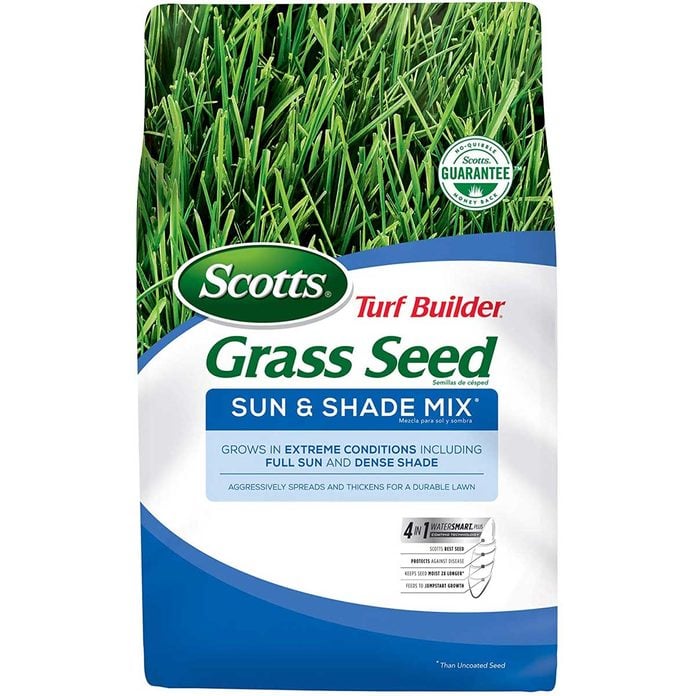
In northern states, Kentucky bluegrass is king. It’s extremely winter hardy and will take just about any harsh winter weather Mother Nature throws at it. Fine fescues, including creeping red, chewings, sheeps and hard fescues, are also well adapted to northern winters. Seed mixtures such as Scotts Turf Builder Grass Seed Sun and Shade Mix or Mountain View Seeds Natures Own Sun & Shade Mix are highly-rated options that contain these seeds, perfect for cold-weather lawns. Get to know if planting grass seeds in winter is the right thing to do.
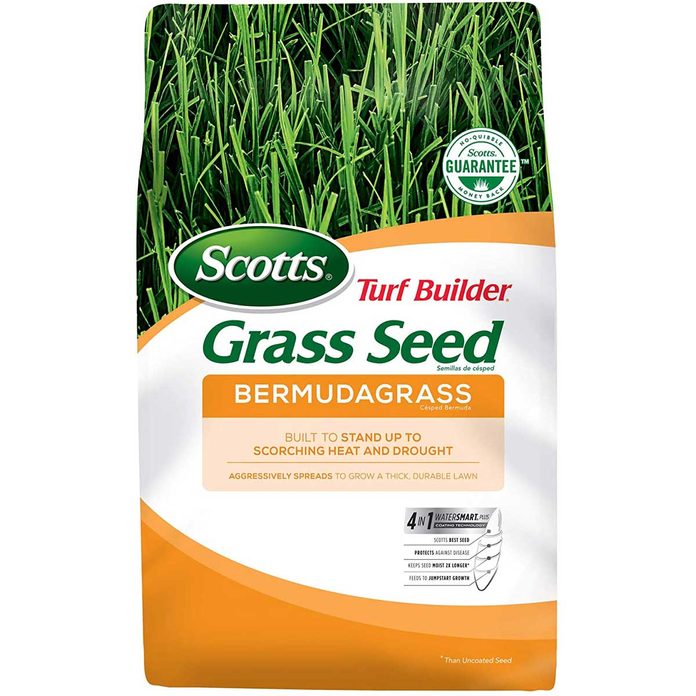
Bermudagrass is the seed of choice in the South. It feels right at home when temperatures reach 90 degrees F, and it hardly whimpers when the mercury exceeds 100 F. Look for new, improved varieties like Scotts Turf Builder Bermudagrass. Other grasses best suited for hotter climates are zoysia grass and tall fescue. Stay away from old tall fescue types like K31.
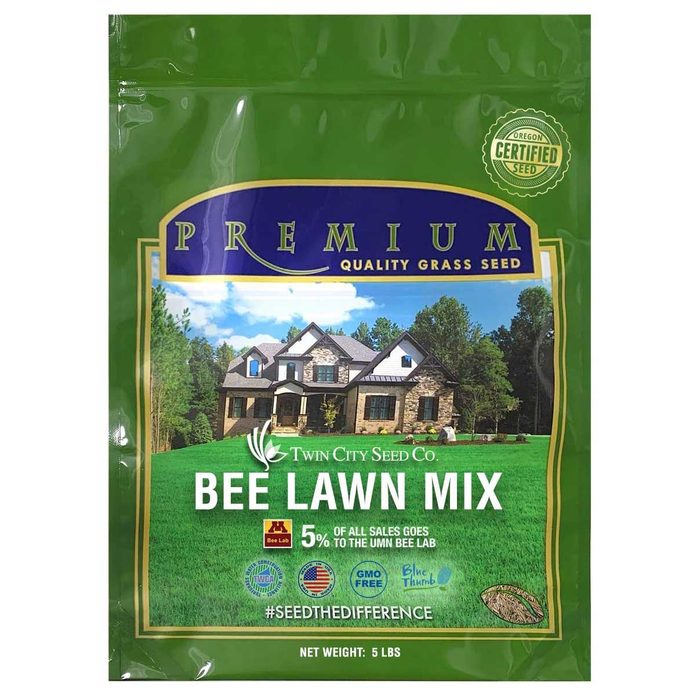
Many homeowners are changing their lawn care practices to better protect pollinators, like honey bees and Monarch butterflies. Non-grass plants like heal-all, creeping thyme and white clover can be added to fine fescues to attract pollinators, which in turn create critical habitat for other beneficial insects, birds and mammals.
Many universities and seed companies are increasing their efforts to promote pollinator sustainability and have great information to share. One standout: University of Minnesota Bee Lab, whose research helped produce Twin City Seed Bee Lawn Pollinator Seed Mix. Another option is microclover, such as Outsidepride White Miniclover Seeds, which be seeded into your existing lawn to reduce fertilizer use and create a unique look.
Some pollinator-friendly plants like clover can be grown throughout the U.S. Work with your local experts to find options that may improve your chances of attracting bees, butterflies and other pollinators.

If your lawn is actively used by kids, pets or both, stick with Kentucky bluegrass and perennial ryegrass in the North and bermudagrass, zoysiagrass or tall fescue in the South. These grasses recover quickly from wear and tear.
Traffic-tolerant options like Scotts Turf Builder High Traffic Grass Seed in the North and Pennington Bermudagrass Seed in the South may be the ticket. Stay away from northern mixes that contain more than 25 percent fine fescue, which isn’t traffic tolerant.
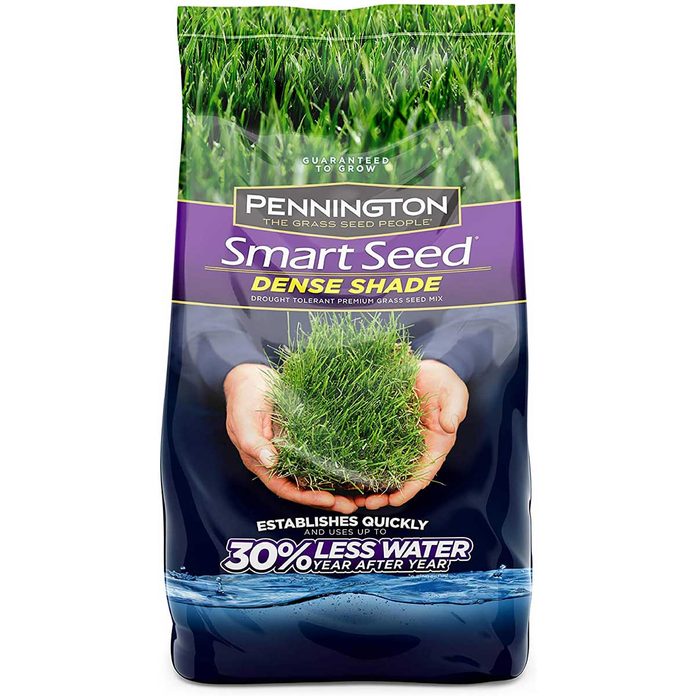
If you do, those winter-hardy fine fescues are just the ticket in northern states. Look for a grass seed mix with at least 50 percent fine fescue. In dense shade, you should increase the amount, up to even 100 percent. Pennington Smart Seed Dense Shade Grass Seed is a good example.
And turf-type tall fescue, like GreenView Fairway Formula Turf Type Tall Fescue, is a good choice for growing grass in the shade through the middle U.S., from Maryland to California.
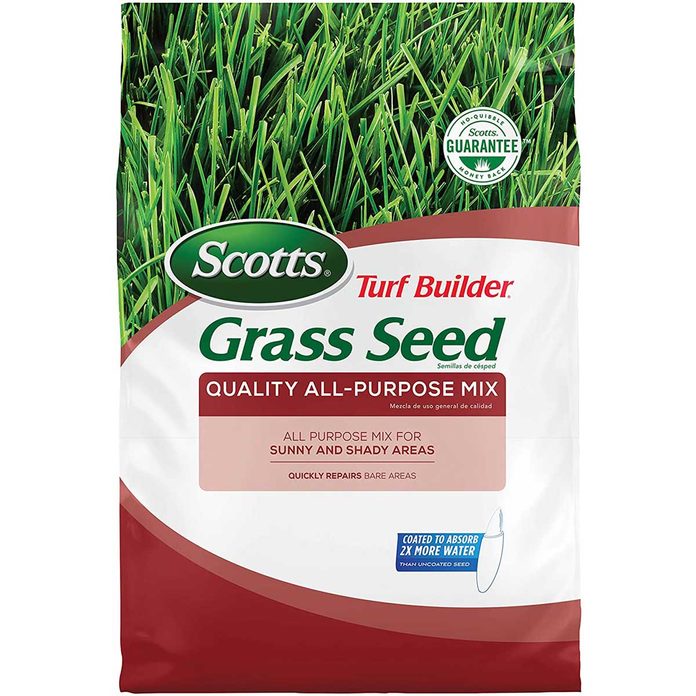
Like to admire a lush, green lawn while lounging on the back patio, but don’t want to spend a lot of time getting it that way? Look for a seed mix promoting itself as a low maintenance option, typically branded as such because it grows slowly and requires little fertilizer.
In the North, that means a general grass seed mix with at least 30 percent fine fescue (more in heavy shade) — the secret ingredient to a take-it-easy northern lawn — and probably also some Kentucky bluegrass, such as Scotts Turf Builder Quality All-Purpose Mix. In the South, you can’t go wrong with bahiagrass such as Scotts Turf Builder Pensacola Bahiagrass Seed.
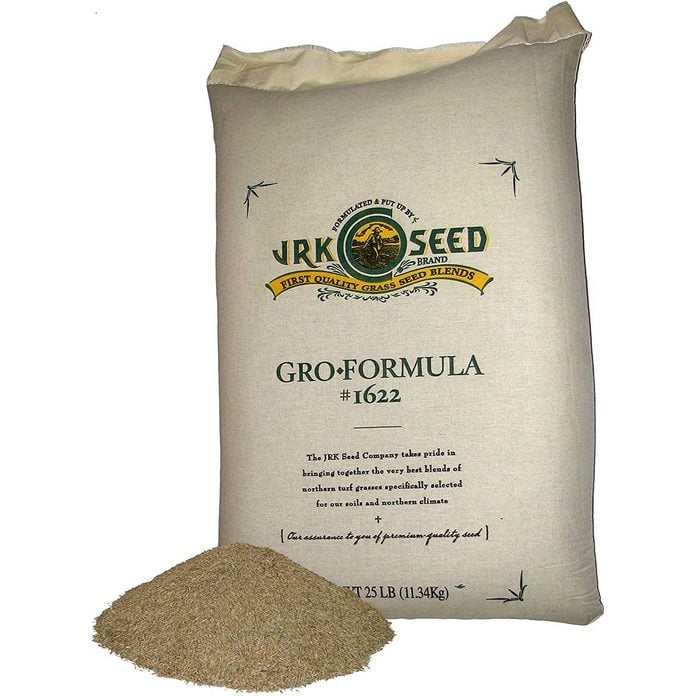
Up north, you’ll find many types of grass seed described as low-mow, low-grow seed mixtures, such as JRK 4 Fescue Low Grow No Mow Grass Seed Mix. These blends contain fine fescues that, once established, can provide a natural look that requires minimal care. They can be left unmown, creating a wispy, wavy “back-to-nature” look.
This can be a tempting option for nature lovers looking for an alternative to a conventional lawn, but do your research first. Maintaining this grass might not be as easy as you’d imagine.
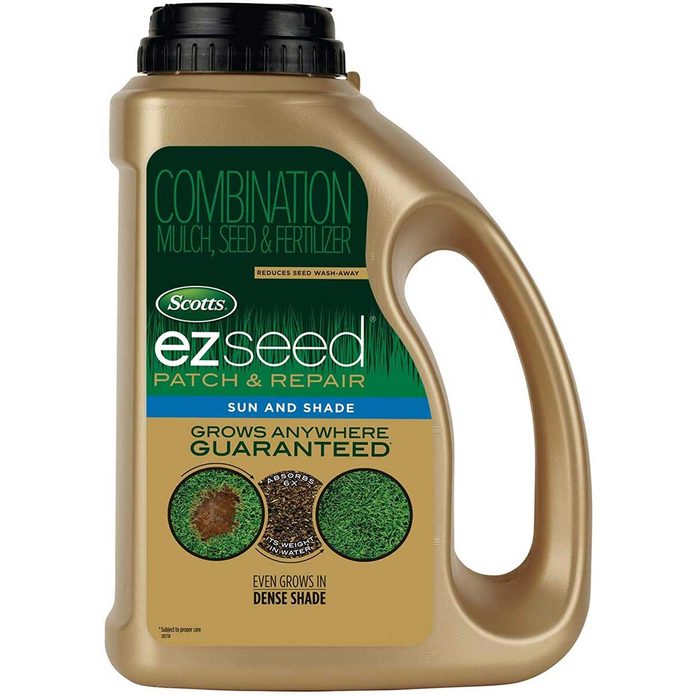
When spot seeding into your existing lawn, you’ll want to match what is there. Older lawns can consist of outdated grasses, so no need to get fancy. In the North, simply look for a quality grass seed of Kentucky bluegrass, fine fescue and maybe a bit of perennial ryegrass, such as Scotts EX Seed Patch and Repair.
In the South, spot seeding with bermudagrass in full sun or St. Augustinegrass or zoysiagrass in sun-to-light shade works best.
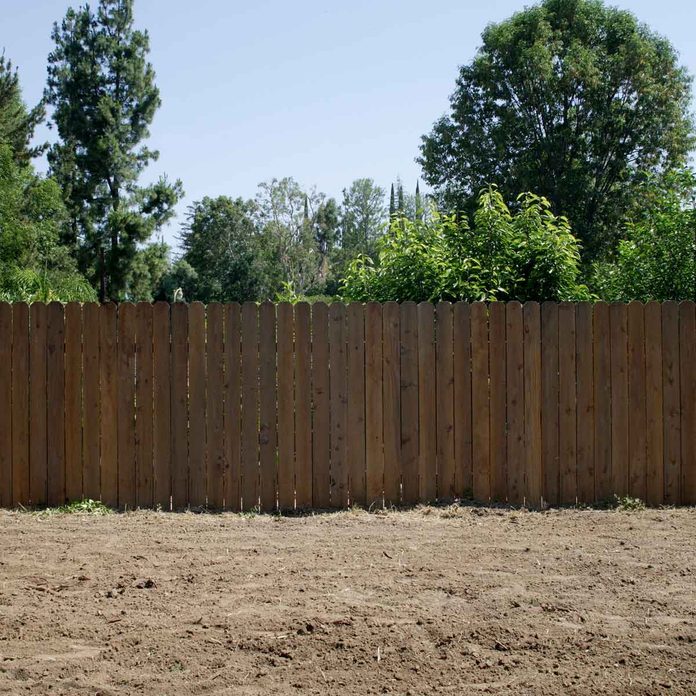
Seeding a new lawn? Seize your chance to upgrade your lawn using better seed varieties. Seek help from university or county extension services or reputable lawn seed suppliers. Keep your purchase local, if you can. You’ll improve your chances of buying seed suited specifically to your area and needs. The best time to plant your new grass will depend on the type of seed you choose.